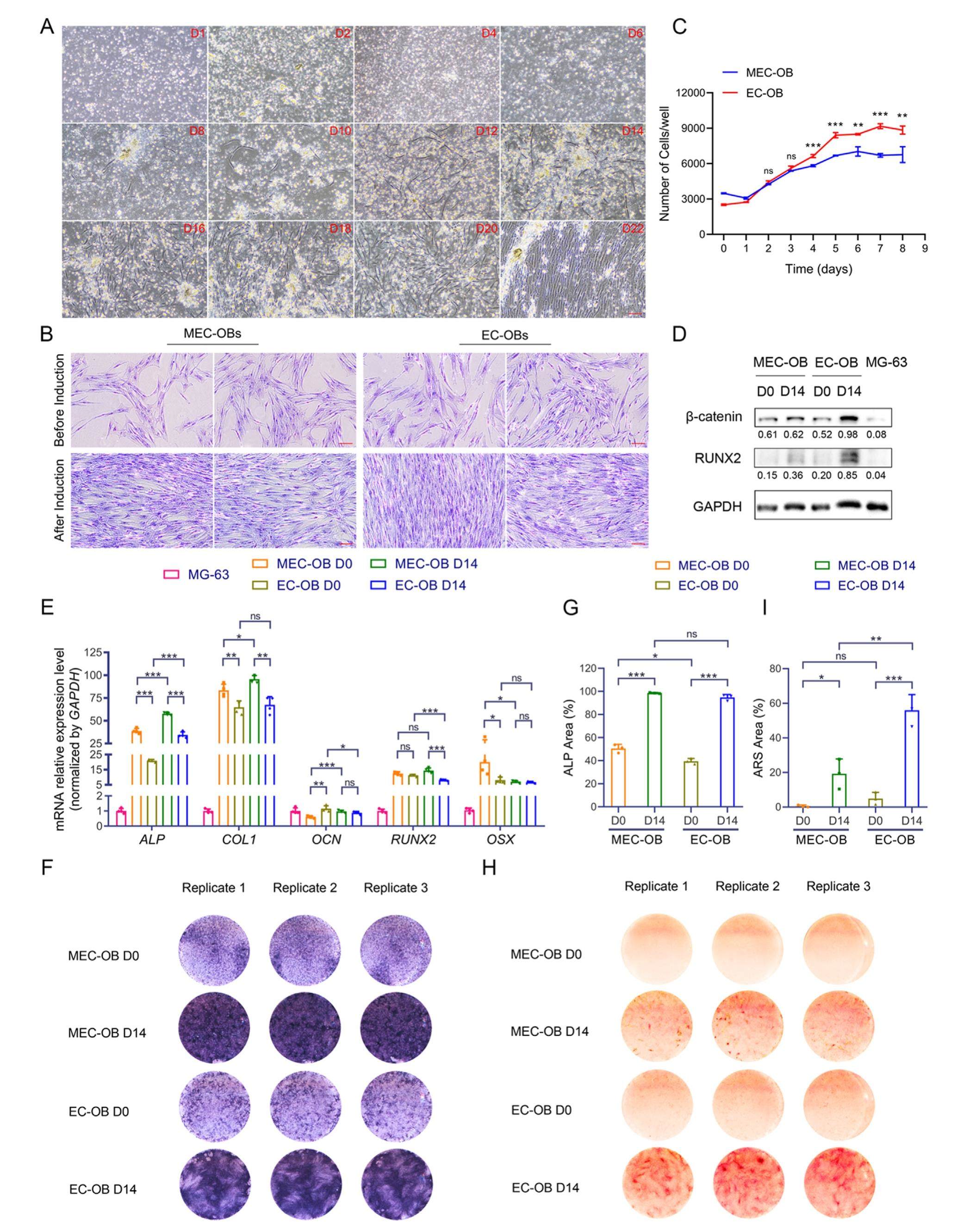
Isolation and culture of human primary osteoblasts: Comparing the effects of differences in method details on osteoblast characteristics


Osteoblasts are essential in the maintenance of human bone homeostasis. The abnormal formation and impaired differentiation ability of osteoblasts are pivotal factors leading to bone-related diseases, suggesting that an indepth study of osteoblasts can provide novel treatment strategies for these diseases. Human primary osteoblasts arep recious experimental models in bone-related research. However, the isolation and culture of human primary osteoblasts still have some difficulties and limitations. Here, we refined a method to isolate and culture human primary osteoblasts by taking cancellous bone through a bone tissue sampler and pre-digesting it with pancreatin, which makes the process easier, cheaper, and more efficient. Furthermore, we compared the effects of the subtle changes in isolation and culture methods on the phenotype of human primary osteoblasts and examined the differences in morphology, proliferation, and differentiation between micro-explants cultured osteoblasts (MEC-OBs) and explants cultured osteoblasts (EC-OBs). Our results showed that although both MEC-OBs and EC-OBs have prominent osteoblastic phenotypes, they still have their own characteristics. Collectively, this improved method could reduce the difficulty and provide benefits for the research and application of human primary osteoblasts, such as human bone-related organoid culture and medical treatment of bone-related diseases.
